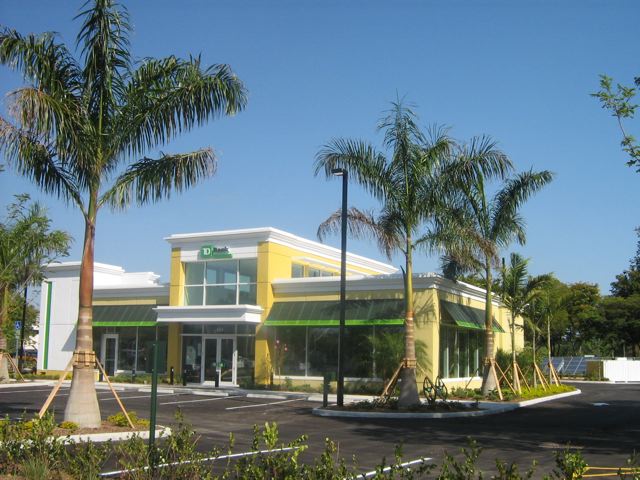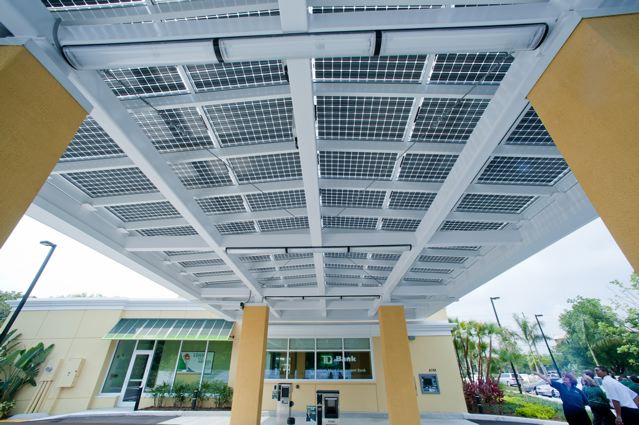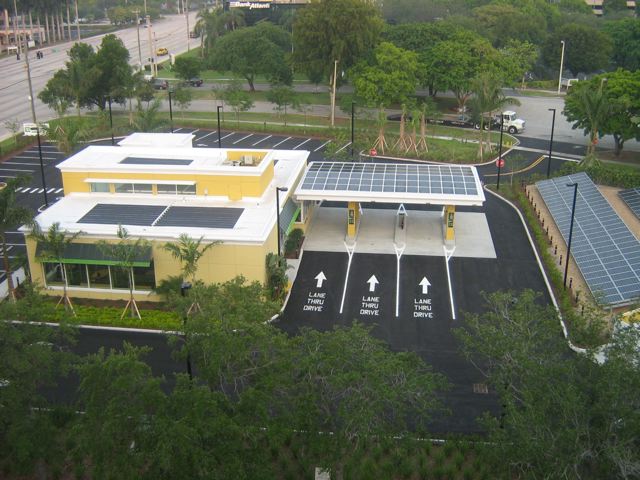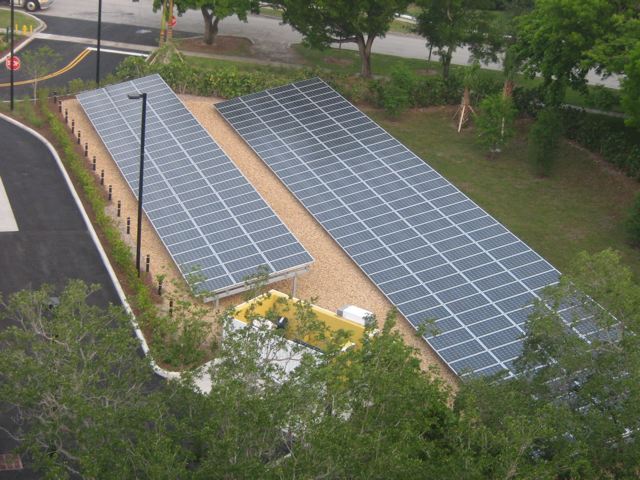
While some ‘green’ businesses do little more than changing light bulbs and focus on greening their reputations, TD Bank take a long term view and green themselves slowly and steadily from the inside out. In this exclusive interview, TD Chief Environmental Officer Karen Clarke-Whistler explains how this long-term approach is applied to real estate management and energy conservation.
TD is the second largest bank in Canada and sixth largest in North America. Their long-term goal is to embed environmental thinking into all aspects of the business from internal operations and supplier relationships, to lending practices and investment. An approach to reach that goal—which I find very commendable—is to gain the knowledge internally first and then spread the best practices outwards. This approach is used in their current program on net-zero energy building. This is an ambitious challenge to retrofit or construct buildings like their bank branches to consume the same amount of energy that they produce.
With more than 1,100 branches in Canada and 1,250 branches in the U.S., TD operates a lot of buildings. Like other financial institutions, buildings are where much of the energy is consumed and therefore much of the carbon footprint is generated. And that is where lessons on energy conservation in buildings can be learned and best practices formed before the knowledge is applied to TD’s real estate lending practices and spread to their clients.

How does TD learn about net-zero energy building? As Karen Clarke-Whistler tells me, they put substantial resources into constructing two pilot branches. “Our first step is to construct a new build in Fort Lauderdale to test out the concept. This was built to LEED platinum standards and began operation in May 2011. However, most of our existing facilities require retrofit. Our 25-year-old London, Ontario branch is the pilot for retrofit.”

The two sites allow energy performance data to be collected under two different climates. A number of other factors were also considered. “We selected the London location by first identifying the TD sites across Canada that would be able to house the amount of solar panel capacity needed. We then looked at which of those sites had the ability to include a community-focused component, such as an amphitheatre. Finally, we considered how power may be connected to the local utility’s electrical grid.”
The retrofit system in the London branch began operation in October 2011. It has a ‘Green Energy Park’ available for the public to use. The local school next to the park can use the amphitheatre in the park to learn about sustainability. TD also provided the school with TV monitors to allow students to track the power generated by the solar panel.

The knowledge gained from the pilot branches will be used in other facilities. “We are assessing the pilots for performance. TD’s in-house architects will use this experience to develop our internal green building design standards which are used for building our facilities and learn how to scale these best practices for our operations.” In the future, the knowledge may be used in TD’s real estate lending practice and help clients make greener buildings themselves.
TD, who is part of the United Nations Principles for Responsible Investment Initiative (UN PRI), takes a long term and large-scale approach to going green. Looking back, TD reached carbon neutral in 2010. At that time, TD was the first North American based bank and among the few banks in the world to reach that status. These days more and more financial institutions declare reaching carbon neutral, which is great. But many reached the goal primarily through purchasing carbon offsets. In 2010, 51% of TD’s carbon footprint was neutralized by carbon offsets. It is encouraging to see TD did not rest there but are investing significant amount of time and resources to learn how to lower their long-term energy consumption and greenhouse gas emissions. The learning from the net-zero energy building program should help TD reduce their greenhouse gas emissions further and therefore reduce the need to purchase carbon offsets in order to achieve carbon neutral.

Deep learning does take more time than changing light bulbs. TD devotes the time and resources to do it right.
Derek Wong is a Toronto based sustainability consultant. A recognized expert at Siemens Sustainable Cities, Toronto Sustainability Speaker Series, ShareGreen by Walmart, and a member on the advisory board of Sustainable Business Forum, Derek helps businesses use sustainability as a driver for growth, employee engagement, and customer experience. GB
Images of TD Fort Lauderdale branch used with permission from TD